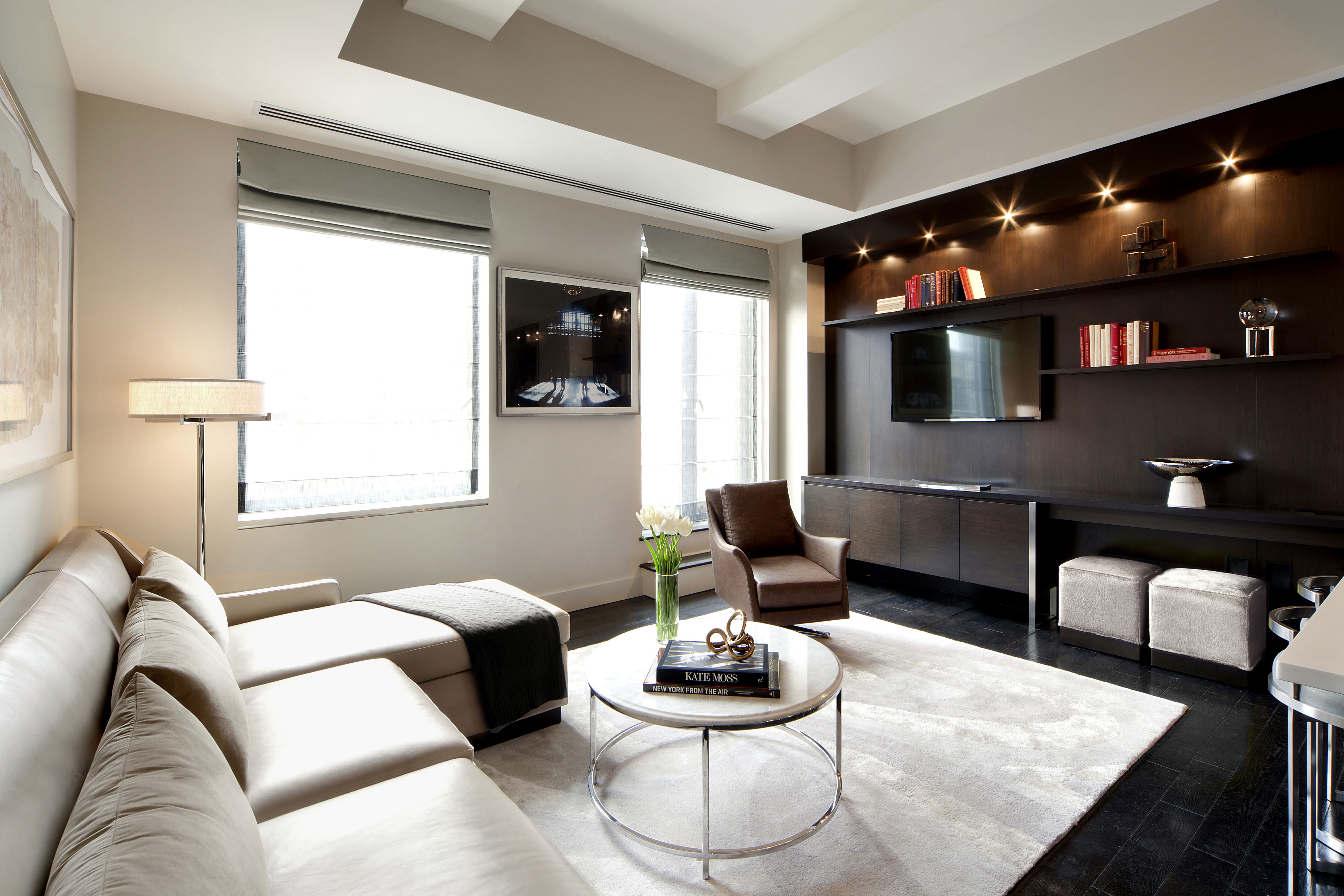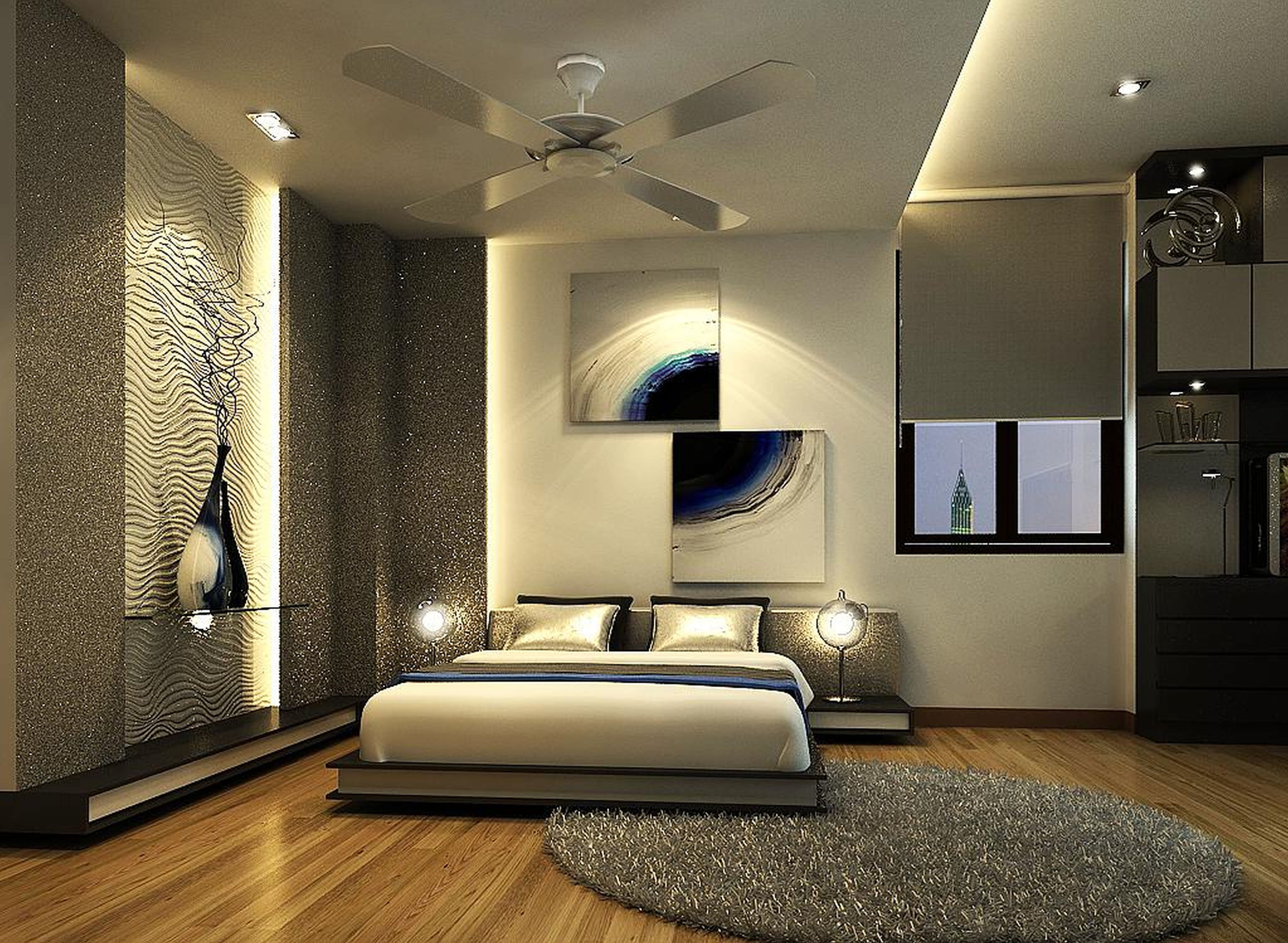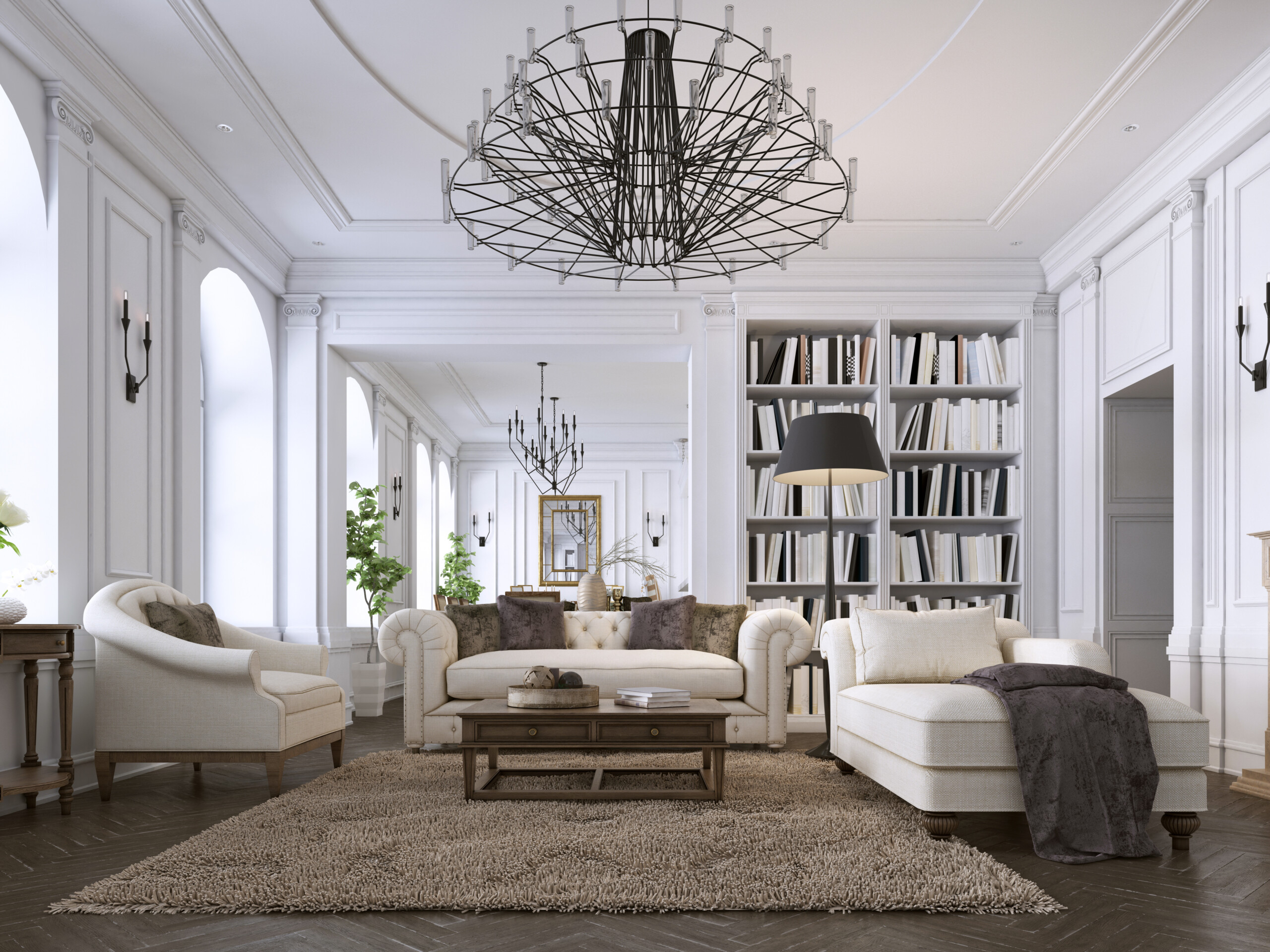Space Optimization

House room design – Maximizing space in small house rooms requires creative solutions and thoughtful planning. By implementing effective techniques, homeowners can create functional and comfortable living spaces that feel larger than they actually are.
One key strategy is to prioritize vertical space. Utilize shelves, hanging organizers, and stackable bins to store items vertically, freeing up valuable floor space. Multi-functional furniture, such as ottomans with built-in storage or beds with drawers, can serve multiple purposes and save space.
For those who appreciate the art of house room design, creating a cozy cabin interior can be a fulfilling endeavor. By incorporating rustic elements, warm lighting, and comfortable furnishings, one can evoke the ambiance of a secluded mountain retreat. A cozy cabin interior invites relaxation and tranquility, offering a welcome escape from the hustle and bustle of everyday life.
By carefully considering each design element, homeowners can create a living space that is both aesthetically pleasing and deeply comforting.
Innovative Storage Solutions
- Install floating shelves to display books, décor, and other items while freeing up floor space.
- Utilize under-bed storage containers to store seasonal items, extra bedding, or bulky belongings.
- Consider using wall-mounted desks or tables to create a dedicated workspace without taking up floor space.
Creating the Illusion of More Space
Lighting and color play a crucial role in creating the illusion of more space. Natural light should be maximized by using sheer curtains or blinds. Artificial lighting should be strategically placed to illuminate dark corners and create a sense of depth.
Light colors, such as white, cream, or beige, reflect light and make rooms appear larger. Dark colors absorb light and can make rooms feel smaller and more cramped.
Creating a cohesive and functional house room design requires careful planning and attention to detail. Whether it’s a living room, bedroom, or kitchen, the arrangement of furniture, lighting, and décor should create a harmonious and inviting atmosphere. Similarly, in the realm of luxury, yacht interior design presents a unique challenge, where space is limited and every inch must be utilized efficiently.
By incorporating principles of both house room design and yacht interior design, homeowners can achieve a balance of style, comfort, and functionality in their living spaces.
Functional Design

In the realm of interior design, functional design reigns supreme. It seamlessly blends form and function, creating spaces that not only look aesthetically pleasing but also cater to the practical needs of its occupants. This approach demands a thoughtful integration of different functional areas, careful furniture placement, and a clear understanding of how people move and interact within a space.
To achieve optimal functionality, a well-designed house room layout should incorporate designated zones for various activities. These zones can include a seating area for relaxation and socializing, a dining area for meals and gatherings, a workspace for productivity, and a storage area for organization. The key is to create a harmonious flow between these zones, ensuring that each area is easily accessible and conducive to its intended purpose.
Essential Furniture Pieces and Optimal Placement, House room design
The selection and placement of furniture play a crucial role in maximizing functionality. Essential pieces such as sofas, chairs, tables, and storage units should be chosen based on their size, shape, and functionality. The arrangement of these pieces should facilitate seamless movement and interaction within the space. For instance, sofas and chairs should be positioned to encourage conversation and create a welcoming atmosphere, while tables should be placed within easy reach for both seating and storage.
Flow Chart Demonstrating the Relationship Between Different Room Zones
A flow chart can be an invaluable tool for visualizing the relationship between different room zones. It helps identify the most efficient paths of movement and ensures that all areas of the room are accessible and connected. By mapping out the flow of traffic, designers can optimize the layout and minimize potential bottlenecks or disruptions.
Aesthetic Appeal: House Room Design

The aesthetic appeal of a house room is crucial in creating a welcoming and visually pleasing environment. Color palettes, patterns, artwork, textiles, accessories, and lighting design all play a significant role in enhancing the ambiance and creating a cohesive design.
Color palettes can evoke different emotions and set the tone of a room. Warm colors like red, orange, and yellow create a sense of warmth and energy, while cool colors like blue, green, and purple promote a sense of calm and tranquility. Patterns can add visual interest and depth to a room, but it’s important to use them sparingly to avoid overwhelming the space.
Incorporating Artwork, Textiles, and Accessories
Artwork, textiles, and accessories can add personality and character to a room. Artwork can be used to create a focal point, while textiles like curtains, rugs, and throw pillows can add texture and color. Accessories like lamps, vases, and sculptures can complete the look and add a touch of elegance.
Lighting Design
Lighting design is an essential element of aesthetic appeal. Natural light is always the best option, but artificial lighting can be used to create different moods and highlight specific features of a room. Ambient lighting provides general illumination, while task lighting focuses on specific areas like workspaces or reading nooks. Accent lighting can be used to highlight artwork or architectural features.